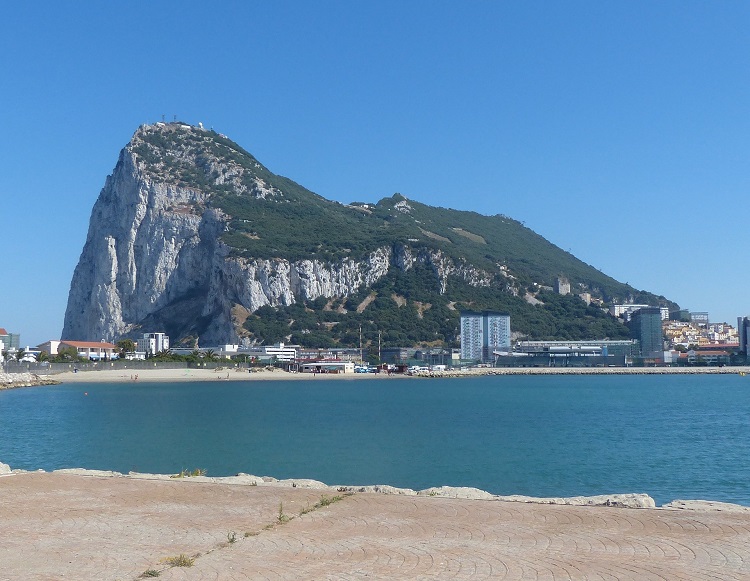The funerary inscription of Todi
(Umbria) is a bilingual Gaulish-Latin which contains two Cisalpine
Gaulish texts written in the Etruscan alphabet: Ateknati Trutikni karnitu
artuaś Koisis Trutiknos, [At]eknati Truti[k]ni [kar]nitu
lokan Ko[i]sis [Tr]utiknos 'Koisis son of Drutos, has built the tomb
of Ategnatos son of Drutos'1.
The verb karnitu is
translated in the Latin text as locauit et statuit '(he) placed and erected', whose object lokan /longan/ 'tomb, cinerary urn' (accusative) corresponds to Celtic *longā
'vessel' (see here). Although some specialists have
proposed an etymology from Proto-Celtic *karno- 'heap of stones'2, I think we're dealing with a quite different word. In fact, karnitu can be readily
compared to Lepontic karite '(he) made' in the funerary inscription Pelkui
pruiam Teu karite, iśos kalite palam 'Devos made (this) tomb for Belgus, he
himself raised the tombstone', where we've got the forms bruia 'tomb'3
and pala 'tombstone'.
These verbs, to which I'd add Etruscan car- 'to build, to make', ceriχu- 'to build', would be cognate to Sanskrit karóti, kr̥ɳóti 'to do, to make' < Proto-IE *kʷer- 'to make'4, as loanwords from a satem language with the typical delabialization of *kʷ
Interestingly, in some IE branches, this verb developed a secondary meaning related to magic: Sanskrit kártra-, kr̥tyá: 'enchantment, charm', kárman- 'sacrifice', Lithuanian kerė́ti, keraĩ 'charms, enchantments', kerų žodžiai 'magical formules', Old Church Slavonic čaro-dĕjĭ 'magician'. In Celtic, we've got Old Irish creth 'poetry' (Ogamic Qritti
'poet's (gen.)') and cruth 'shape, form', Middle Welsh pryd < Celtic
*kʷritu-, and Welsh prydydd, Old Cornish pridit
'poet' and the Gaulish personal name Prittius < Celtic *kʷritjo-5.
___________________________________________________
1 X. Delamarre (2008): Dictionnaire
de la langue gauloise, p. 105-106.
2 R. Matasović (2009): Etymological Dictionary of Proto-Celtic, p.
191.
3 Usually linked to Gaulish brīvā 'bridge'.
4 Attested in Middle Welsh peri 'to cause, to create, to make'.
5 X. Delamarre, op.cit., p. 252.

